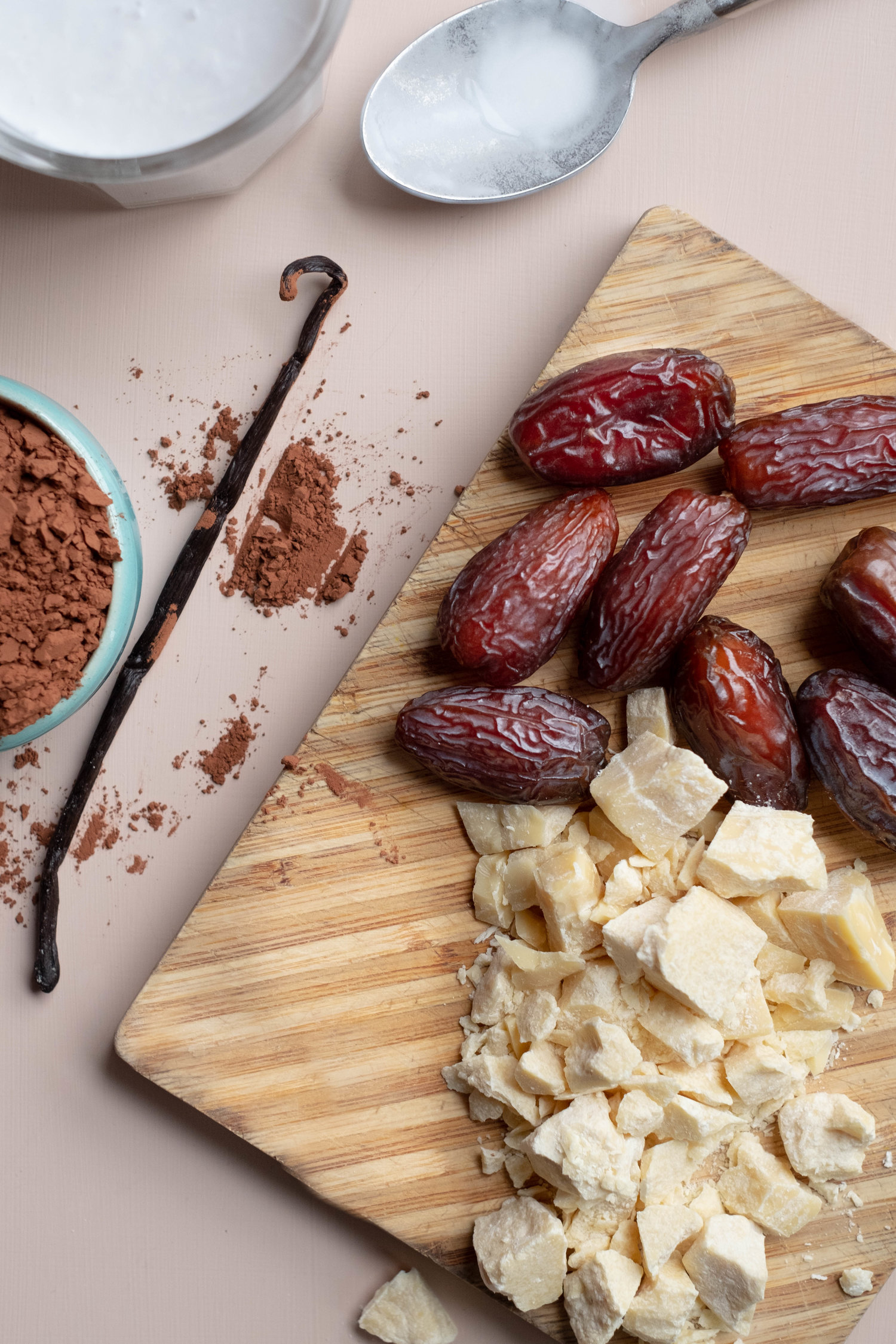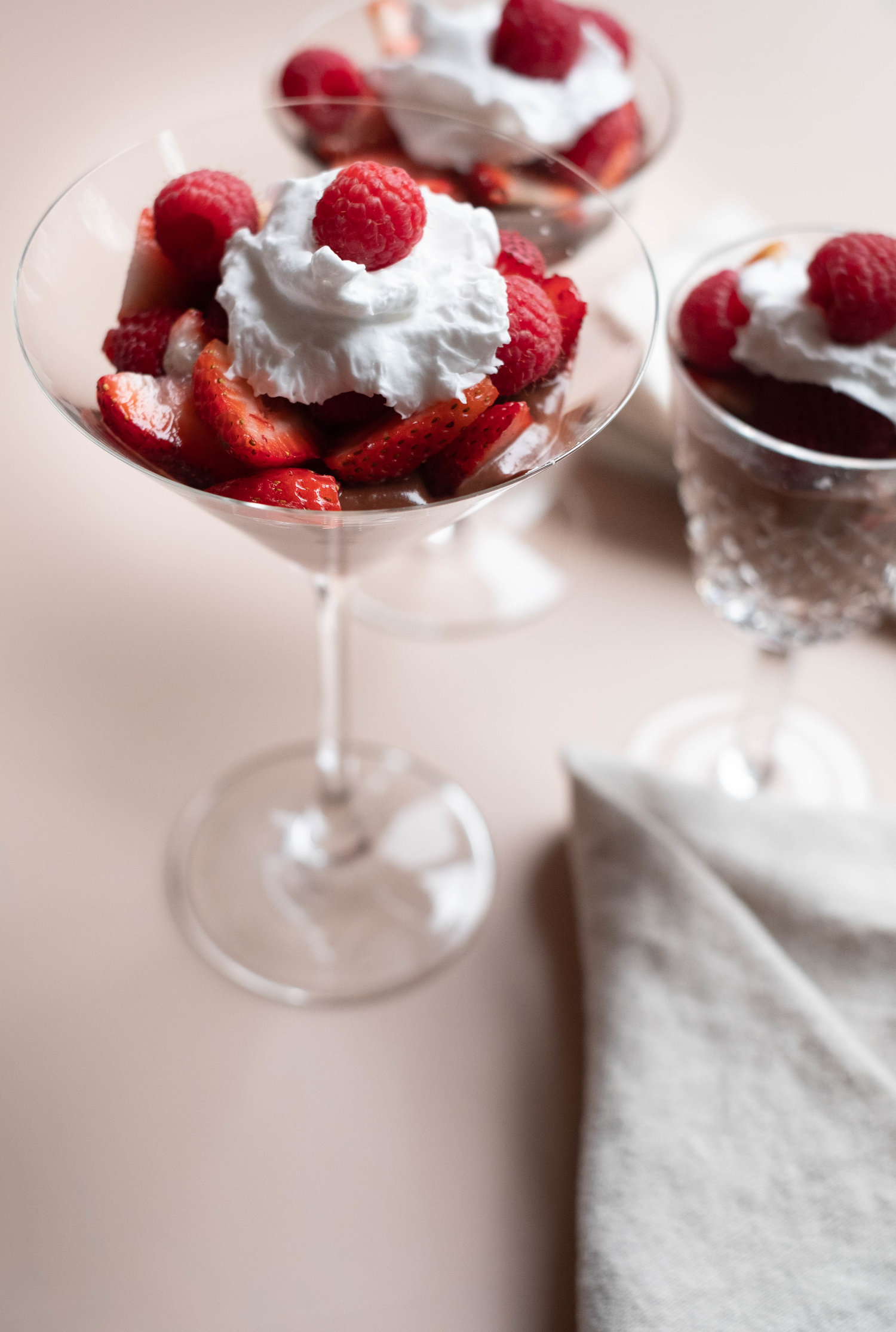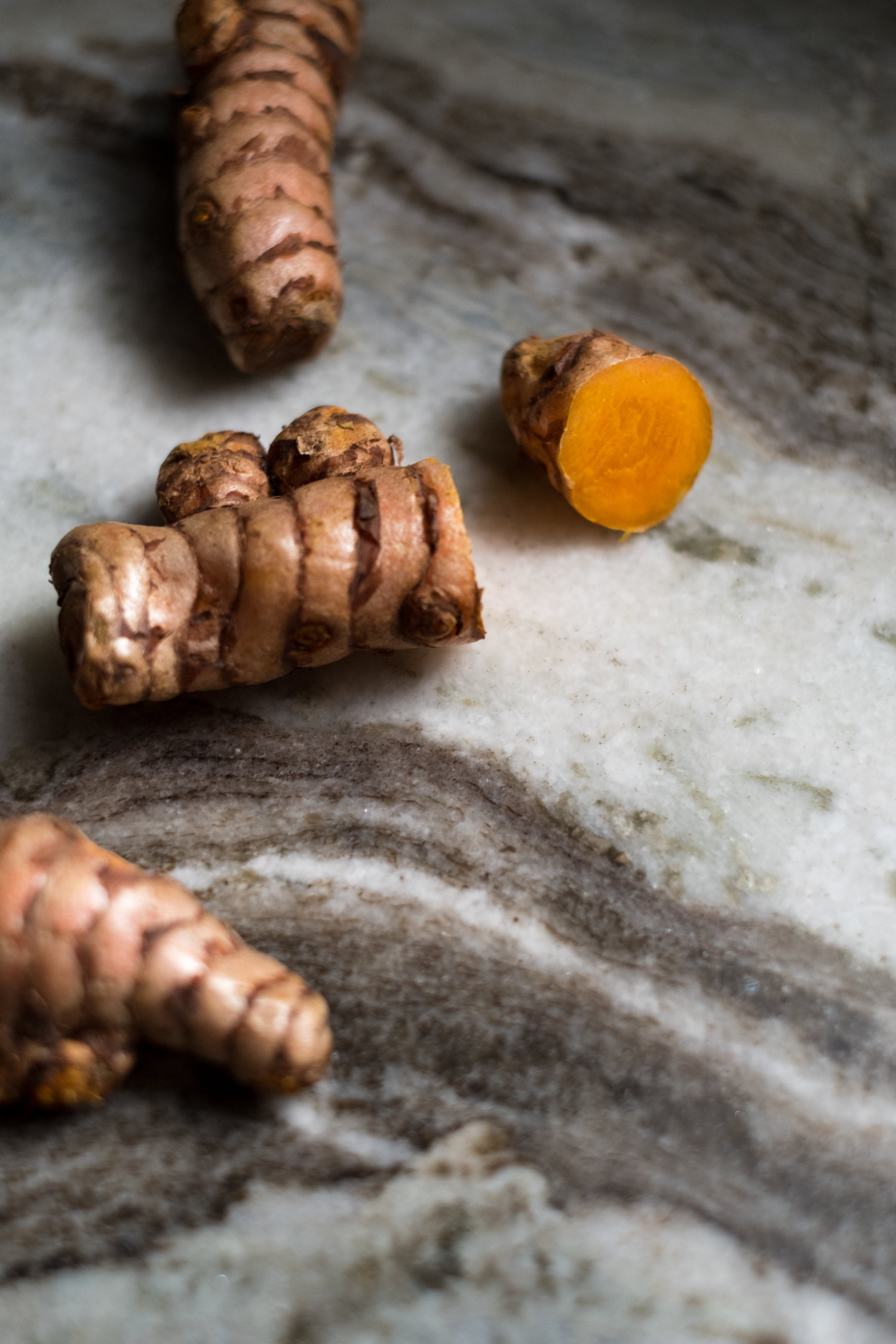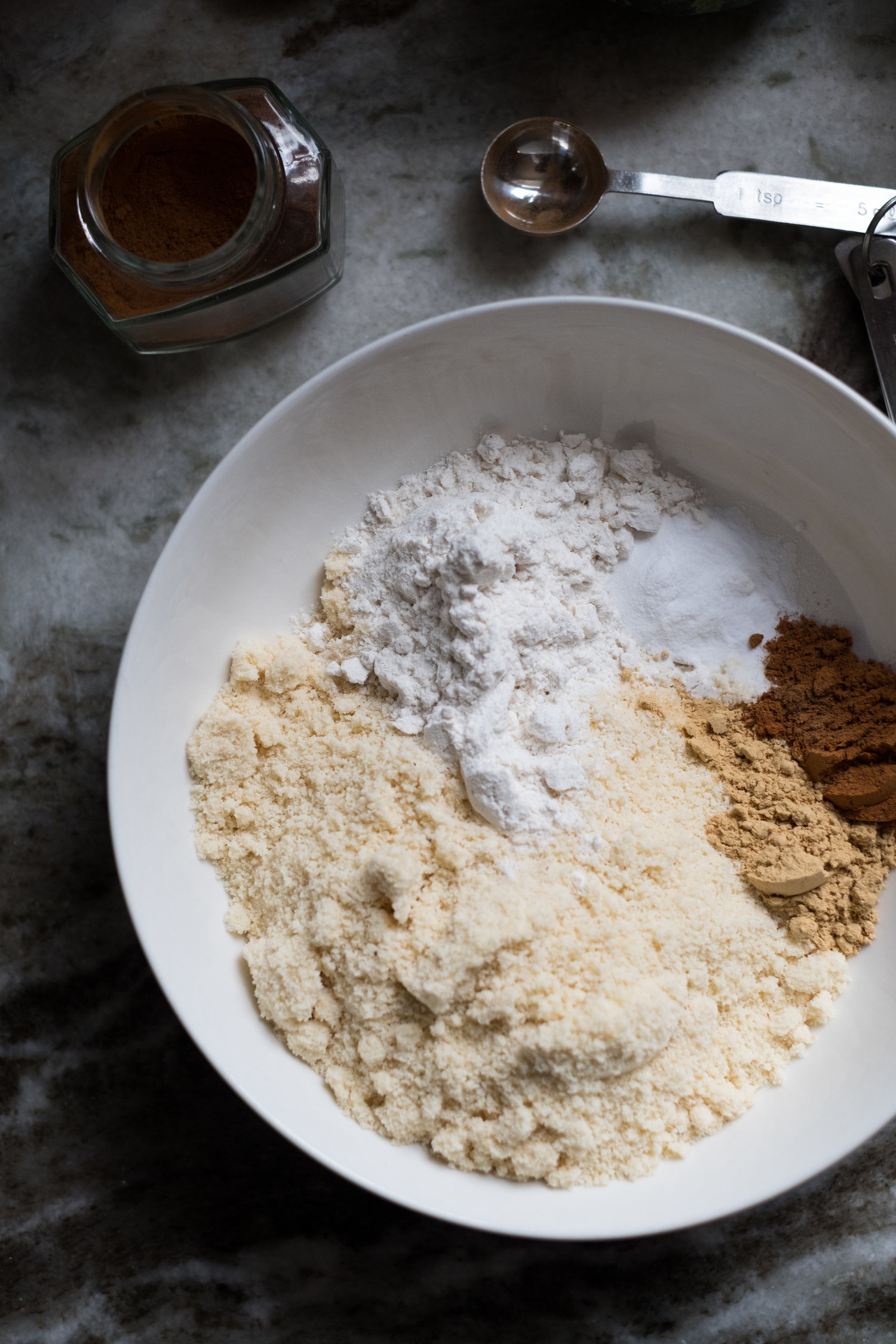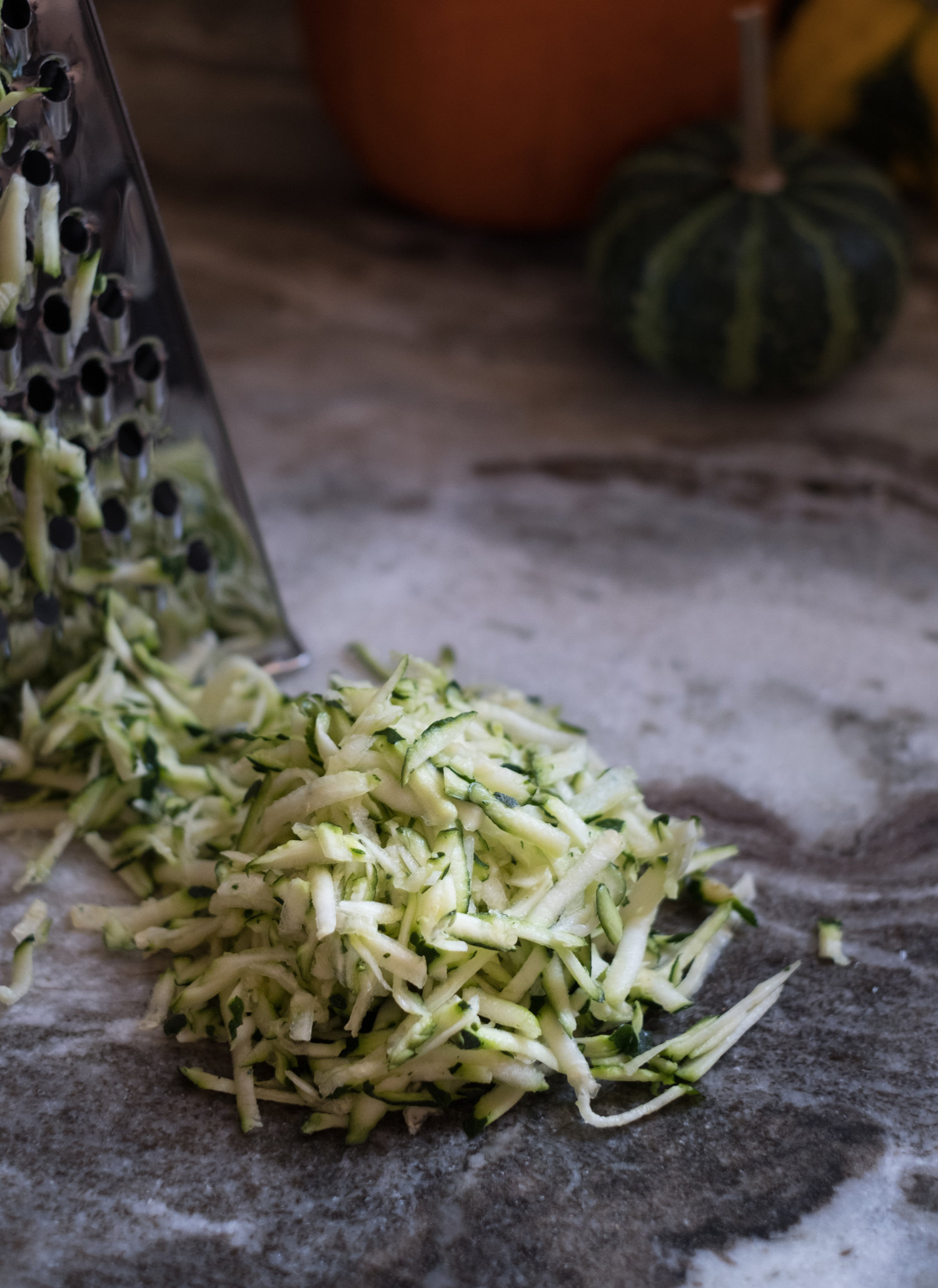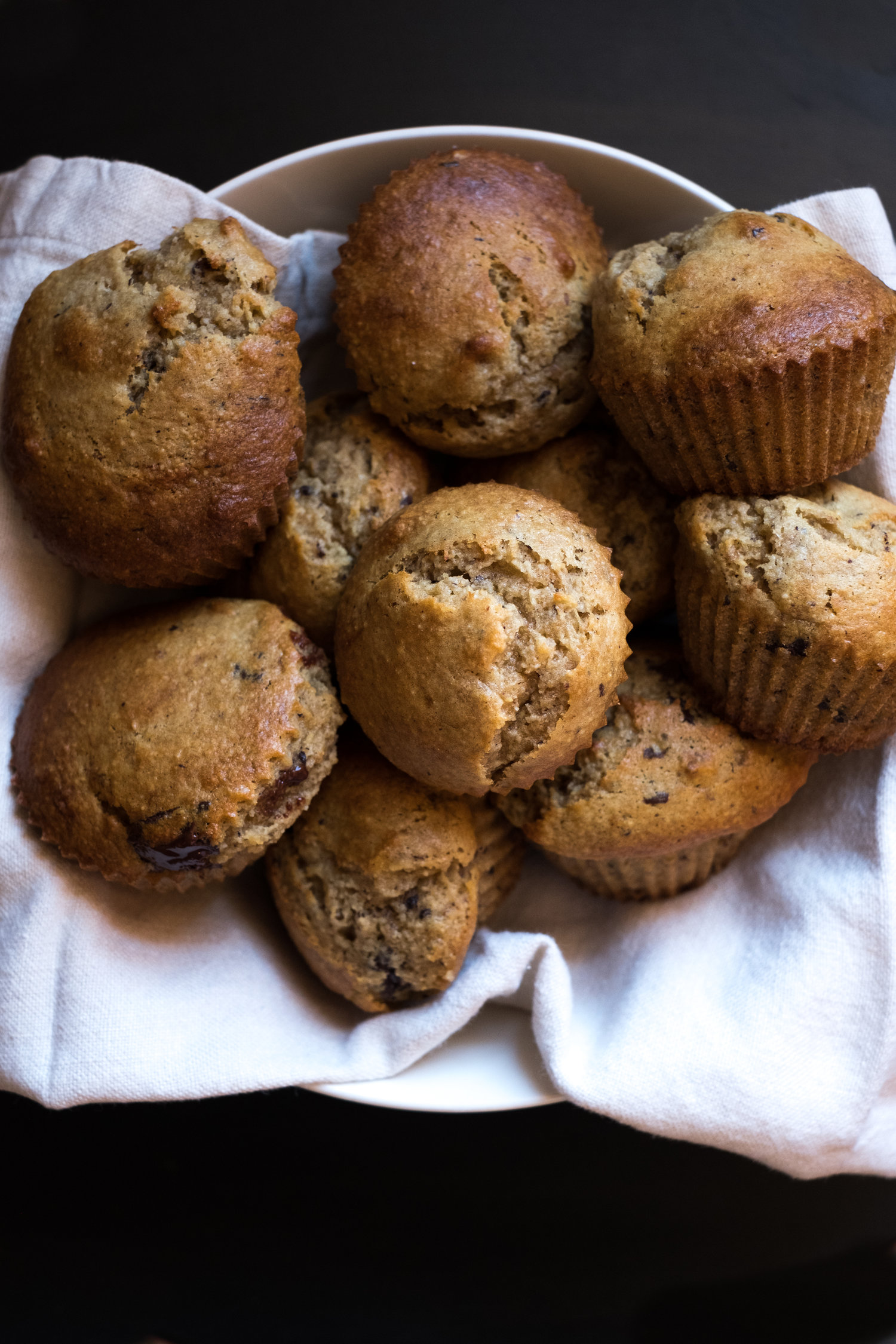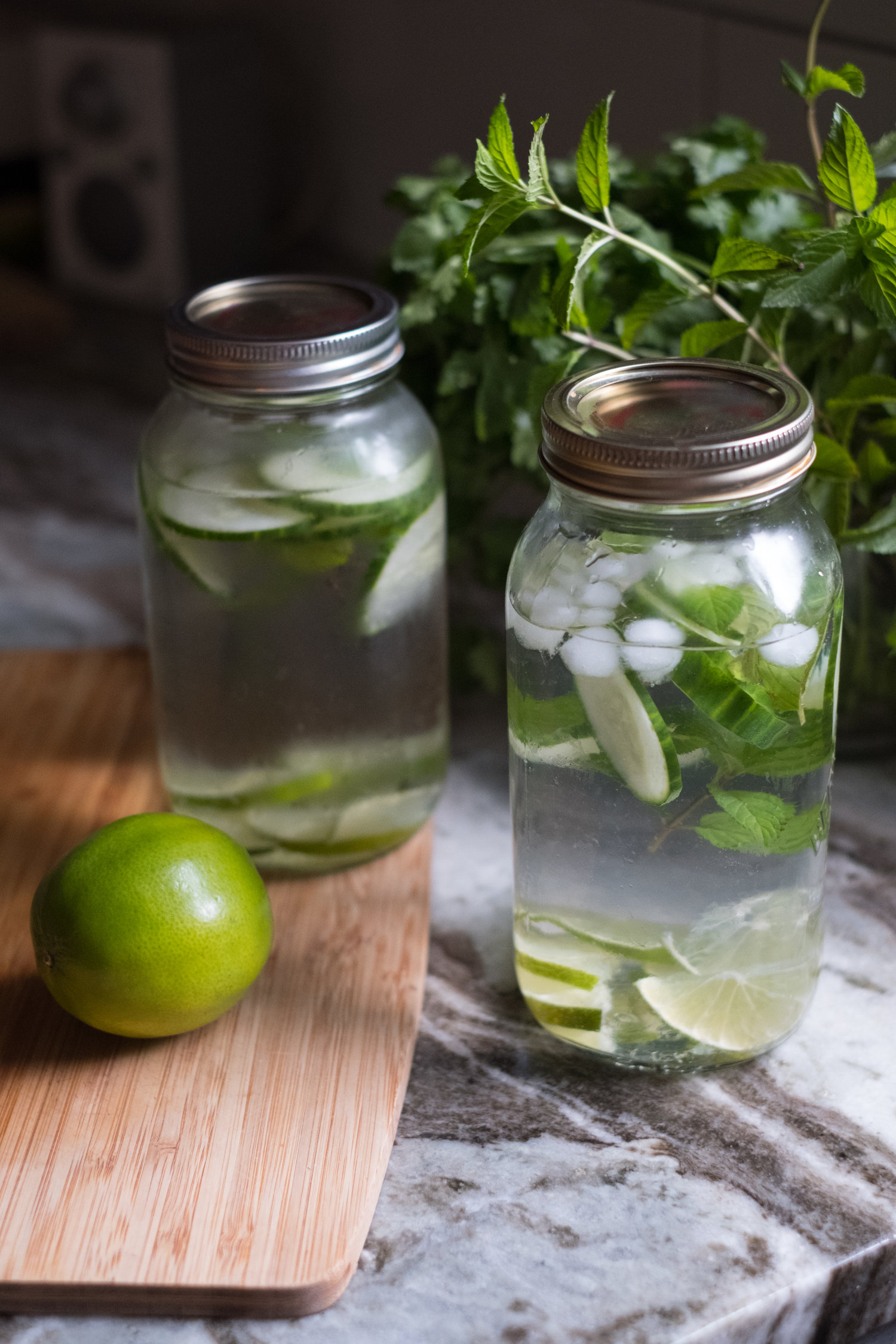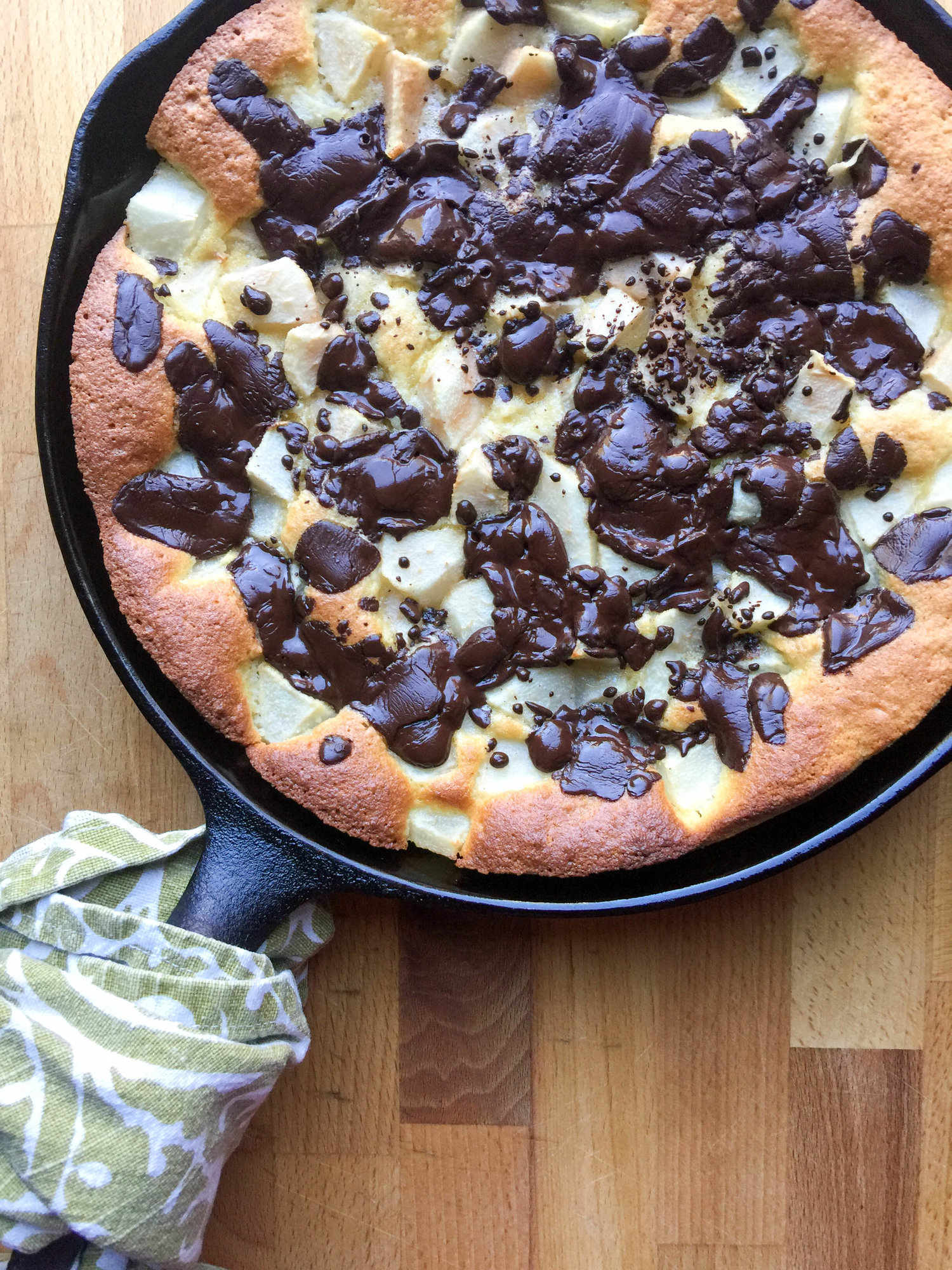We need sweetness in our lives and, from time to time, in our mouths.
I was recently blessed with sweetness and reminded of life’s little pleasures by way of this dessert - a naturally sweetened chocolate mousse. It requires only six ingredients and is easy to make.
The sweetness comes from dates, which are balanced with creamy coconut milk, cocoa butter, dark cocoa powder, vanilla and sea salt.
This recipe lends itself to small adjustments and gentle play. Nine dates are my sweet spot but you might stop at six. Add more cocoa powder for a deeper chocolate flavour or more sea salt.
Make this dessert a treat for your eyes as well as your tastebuds and serve it in pretty glasses.
Original recipe here.
Naturally sweetened chocolate mousse, vegan
Serves 6
1/2 cup + 1 tbsp unsweetened cocoa powder
3/4 cup chopped cocoa butter (or bittersweet/dark chocolate)
Pinch sea salt
1 14-ounce can full-fat coconut milk, divided.
1 tsp pure vanilla extract or cut in half lengthwise one 2 inch piece of a vanilla bean pod, scrape out the seeds and add directly.
6-9 soft medjool dates, pitted. If you don’t have dates you could use maple syrup but mousse will be thinner.
In a small saucepan combine cocoa powder, cocoa butter (or bittersweet/ dark chocolate), salt and 3/4 cup coconut milk.
Warm over medium-low heat and whisk to combine.
Once mixture is melted add remaining coconut milk and whisk to combine.
Remove from heat and add vanilla.
Transfer the mixture to a blender.
Add dates, one at a time. Taste after five or six dates. If needed, add more dates and blend on high until creamy and smooth. At this time, you could also add other flavours such as peppermint oil or a scoop of peanut butter.
Pour directly into serving glasses or transfer to a bowl and cover.
Refrigerate until thickened and firm, at least 4 hours.
To serve, enjoy as is or divide between serving glasses and add toppings of your choice. I topped mine with coconut whipped cream, raspberries and sliced strawberries.
Store leftovers covered in the refrigerator up to 5 days.

